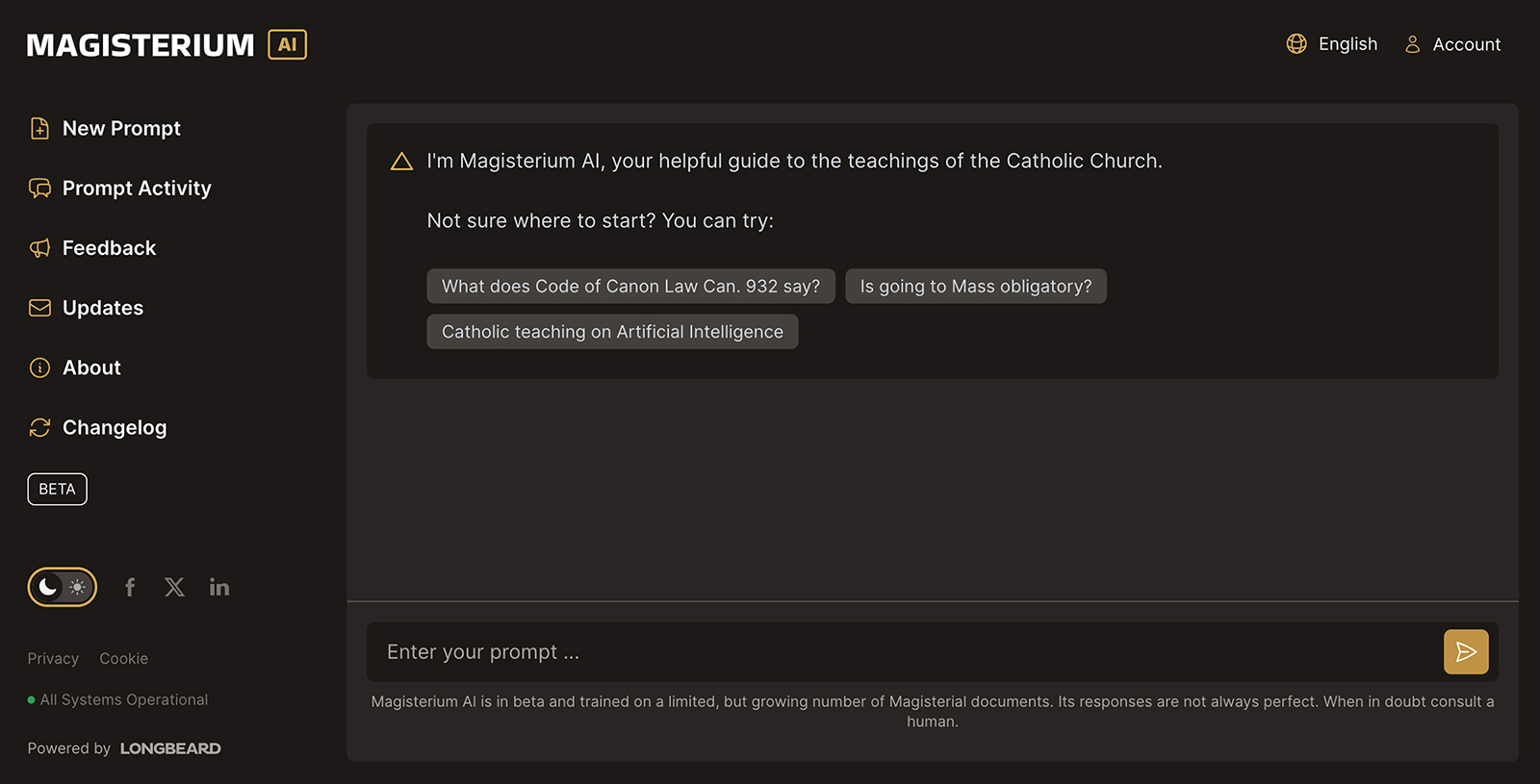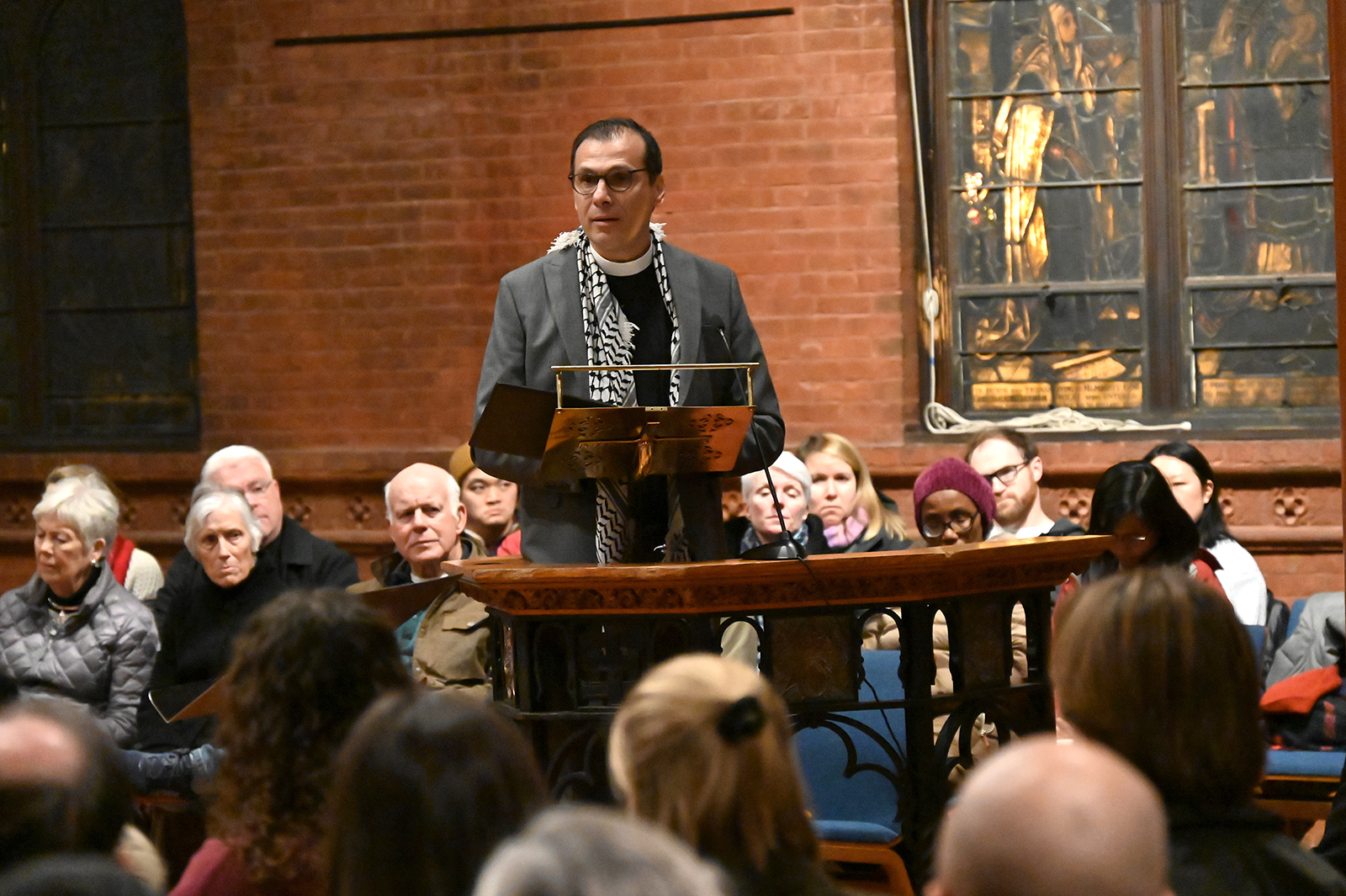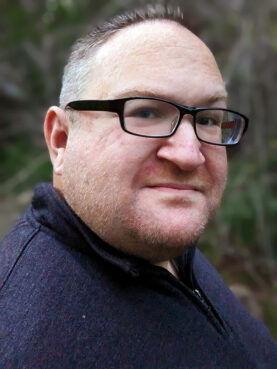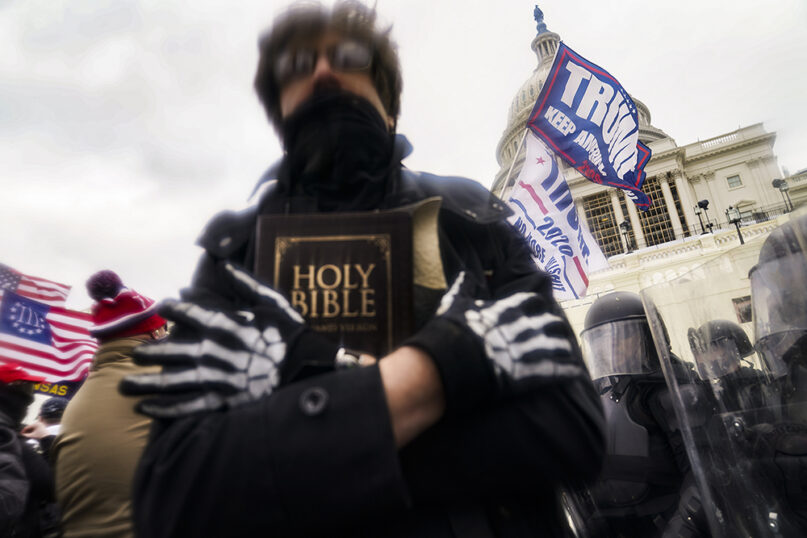Opinion
How the anime Demon Slayer films are driving ‘pop religion’ in Japan
The recent anime film both draws inspiration from Japanese religions and functions as a source of inspiration for religious practices.

(Photo by Kadyn Pierce/Unsplash/Creative Commons)
May 14, 2024
By Bruce Winkelman
(Sightings) — Visitors to movie theaters across the United States recently had the opportunity to see one of the most popular Japanese anime sensations of the last decade — not the Oscar-winning Hayao Miyazaki film “The Boy and the Heron,” but the film “Demon Slayer: Kimetsu no yaiba — To the Hashira Training,” the third cinematic installment in the Demon Slayer franchise.
Although not nearly as familiar on these shores as Miyazaki’s critically acclaimed masterpieces, the Demon Slayer franchise is more popular in Japan than virtually any other pop cultural brand. The first Demon Slayer film, 2020’s “Mugen Train,” is the highest grossing film of all time in Japan — with a revenue of over 40 billion yen, it beats not only Miyazaki’s “Spirited Away,” but also “Titanic” and “Frozen.”
“Demon Slayer” is famously inspired by a wide range of religious traditions and practices. Much of its aesthetics and world-building derive from forms of mountain asceticism, worship of local spirits called Kami, and demon lore. What is less obvious are the ways in which this pop culture phenomenon itself is spurring on innovative religious practices of its own — what we might call “pop religion.”
The Demon Slayer franchise revolves around the story of Tanjirō Kamado, a youth in 1910s Japan. One day he comes home to find his family slaughtered by demons. The only survivor is his sister, Nezuko, who has been turned into a demon (not unlike how vampire bites turn victims into vampires). In an effort to restore his sister’s humanity, Tanjirō sets out into the world and finds himself amid a centuries-long war between humans and the demons that feed on them.
While this story began as a manga comic from the pen of graphic novelist Koyoharu Gotouge in 2016, it has since exploded into other media, including an award-winning animated series as well as the aforementioned films.
“Demon Slayer”’s depiction of demons, which also draws on global pop cultural tropes about vampires, is rooted in the demon lore of Japan’s religious traditions. For example, the prominent demon Hantengu is a reference, in name and in image, to mythical creatures called tengu, man-bird hybrids that have a millennia-long history in East Asian folklore. Tanjirō’s special technique for fighting demons, the hinokami kagura, is similarly inspired by Japanese religious practices. It is an adaptation of a real-life form of ceremonial dance also known as kagura that is frequently conducted at Shinto shrines across Japan.

Film poster for “Demon Slayer: Kimetsu no yaiba — To the Hashira Training.” (Courtesy image)
Finally, “Demon Slayer” draws inspiration from Japan’s traditions of mountain asceticism. Since ancient times, mountains have played a crucial role in Japanese religious traditions as sites of power and arduous spiritual practices, such as standing under waterfalls while chanting mantras. In order to learn to fight demons, Tanjirō goes through a similar training regimen in the mountains, including waterfall training.
However, the influence between “Demon Slayer” and Japanese religions is not a one-way street. The franchise has also inspired new popular religious practices. Fans are making visits to existing shrines and other spiritual sites associated with the franchise. The Kamado shrine in the city of Dazaifu, from which Tanjirō’s last name is said to derive, is located on a mountain that in the past was an important center for ascetic practice. Fans now flock to this location in large numbers, and the shrine has begun to sell a new range of protective talismans directly inspired by “Demon Slayer.”
Another shrine, the Shōhachiman shrine in the city of Kitakyūshū, is home to a cleft boulder that is said to have been the inspiration for a similar boulder in “Demon Slayer.” This shrine, too, has become a popular destination among fans. Oftentimes, fans visit both in a single trip.
One may ask whether this pop fandom is really “religious” or not, but the terminology used to talk about these visits places them among millennia-old traditions of religious pilgrimage on the archipelago. They are referred to literally as “visits to the sacred sites” (seichi junrei).
The “Demon Slayer” phenomenon has also spurred new religious practices at these shrines. As part of traditional Japanese shrine visits, it is common practice to purchase a votive tablet called an ema, upon which one may write a wish or request to be granted. These wishes range from averting disaster in one’s personal life, to healing sickness, to passing important school exams. This tablet is then left at the shrine, in the hopes that the unseen powers will look favorably upon it and make it come true.
At shrines that fans associate with “Demon Slayer,” one increasingly finds ema tablets containing not just wishes, but drawings of characters or elements from the series. This is not simply a case of fan art in a new location. In Japanese religions, diseases and pandemics have a long history of being associated with demons. Including a drawing of a demon slayer like Tanjirō alongside, for example, a request to “vanquish COVID-19” can thus be said to constitute a new twist on centuries-old religious practices.
RELATED: Anime is packed with spirituality and gaining popularity among Gen Z
This is not to say that “Demon Slayer“ is a religion; rather it serves as a reminder that people’s religious practices don’t occur in a vacuum totally separated from their consumption of fictional media. It is well-known that franchises such as “Dune,” “The Avengers” and “The Good Place” draw inspiration from real-world religions. Yet in focusing on this one-way influence, we may well have overlooked the traffic that runs in the other direction.
Bruce Winkelman is a teaching fellow at the University of Chicago Divinity School. This commentary originally appeared in Sightings, a publication of the Martin Marty Center for the Public Understanding of Religion at the divinity school.
The views expressed do not necessarily reflect those of Religion News Service.
DEMONSLAYER IS AVAILABLE ON NETFLIX
































